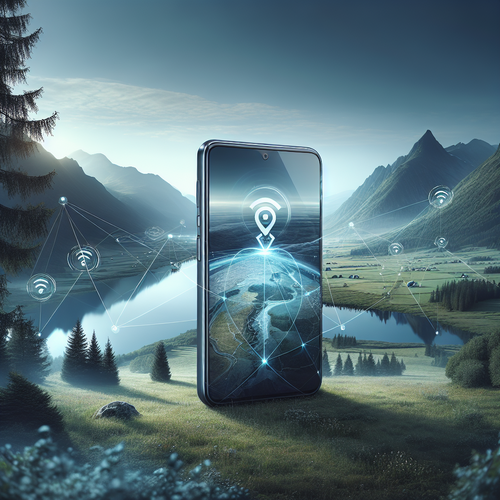
Satellite Messaging in Phones: Brands Offering SOS Features
Satellite Messaging in Phones: Brands Offering SOS Features
The advent of satellite messaging technology is revolutionizing the way we communicate, especially in emergencies. As traditional cellular services may fail in remote locations, satellite messaging provides a vital lifeline. In this tutorial, we’ll explore which smartphone brands currently support satellite messaging, specifically for SOS features, and how these features can be utilized.
Prerequisites
- A smartphone that supports satellite messaging (check your device’s specifications).
- Understanding of emergency communication protocols.
- A basic familiarity with smartphone settings and applications.
Understanding Satellite Messaging
Satellite messaging uses satellites in orbit to send and receive text messages over vast distances, allowing users to communicate when cellular networks are unavailable. This technology can be crucial for people involved in outdoor activities, work in remote areas, or those who may experience emergencies far from urban centers.
Brands Leading the Satellite Messaging Movement
As of now, several brands have started integrating satellite messaging capabilities into their smartphones. Below are the key manufacturers that offer SOS features via satellite messaging:
1. Apple
Apple has introduced satellite messaging through its iPhone 14 series. Users can send emergency text messages even when cellular service is out. This feature is called Emergency SOS via satellite. It utilizes satellite connections to send messages when traditional communication channels are unavailable.
2. Samsung
Samsung is expected to integrate satellite messaging features in its upcoming Galaxy models. The Galaxy S23 is rumored to support this technology, allowing users to reach emergency services in remote areas.
3. Globalstar and Iridium
While known more for their service rather than devices, these companies are working with various manufacturers to enable satellite messaging capabilities, focusing on enhancing safety features for users in case of emergencies.
4. Garmin
Garmin has long been in the satellite communication space, especially with its inReach devices. They provide messaging and SOS services and could integrate these capabilities into smartphones.
How Satellite SOS Features Work
Here’s a breakdown of how to use satellite SOS features in supported smartphones:
- Enable Settings: Firstly, ensure that the satellite messaging feature is enabled in your phone’s settings. For Apple devices, go to Settings > Emergency SOS.
- Prepare for Communication: Clear your surroundings and ensure your device has an unobstructed view of the sky to connect with satellites.
- Send SOS: In an emergency, use the designated method (for example, press the side buttons on your iPhone) to initiate an SOS message. Follow prompts to provide additional information if required.
Troubleshooting Common Issues
If you encounter issues while trying to send an SOS message via satellite, consider the following troubleshooting steps:
- No Signal: Ensure you are in an open area away from tall buildings or heavy foliage.
- Software Updates: Regularly check for software updates for your device, as manufacturers often improve features and connectivity.
- Check Subscription: Some satellite messaging services may require a subscription. Confirm your service is active and in good standing.
Summary Checklist
- Verify your smartphone supports satellite messaging.
- Enable the necessary settings for emergency SOS.
- Practice how to send an SOS in a safe environment.
- Keep your device updated and check your subscription status if applicable.
Satellite messaging is a groundbreaking advancement in mobile communication, enhancing safety and connectivity. With brands like Apple and Samsung leading the charge, users can look forward to more devices incorporating this life-saving feature. Stay tuned for further developments in this exciting tech landscape!
For more insights on mobile technologies, check out our post on Top 5 Secure Browsers for iOS.














